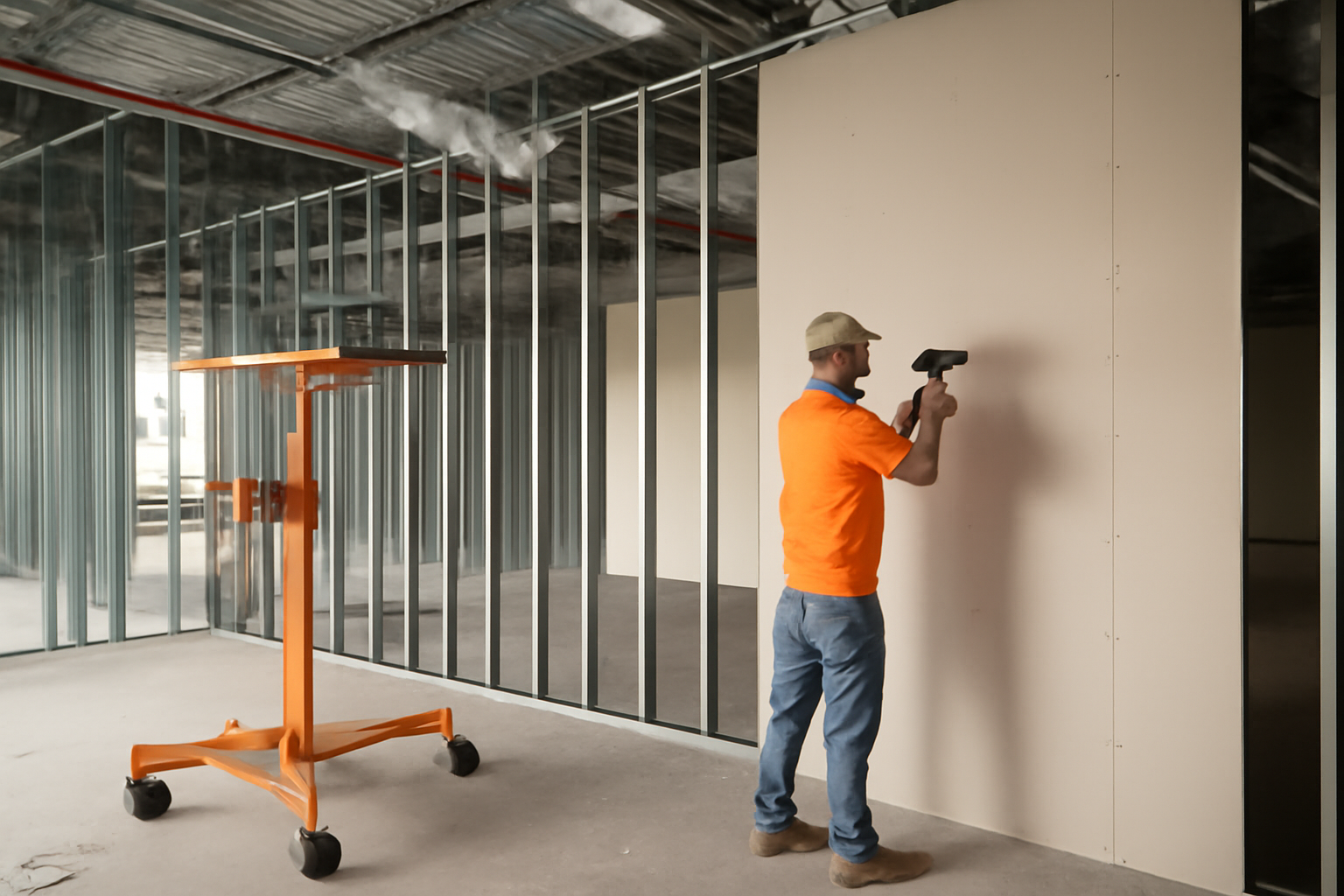
Corner conditions in drywall assemblies are notoriously difficult to quantify with precision. For architects, engineers, and general contractors, these areas can pose both logistical and financial headaches when not accounted for properly in early estimates. From interior 90-degree joints to complex multi-plane exterior intersections, capturing corner details accurately is essential for delivering cost certainty and minimizing site rework.
Corners are more than linear intersections—they are critical junctures where material waste, labor intensity, and finish quality converge. Whether in healthcare builds, hospitality fit-outs, or high-end residential projects, overlooked or undercounted corner details often result in budget overruns or unexpected site delays.
Many estimators rely on averages or rules of thumb to account for corners. This approach may work in symmetrical layouts but often fails in complex or non-repetitive designs.
Instead of relying on default quantities, today’s advanced systems leverage pattern recognition and model-driven inputs to quantify corners with surgical precision. Using Active Estimating, estimators can extract exact corner counts from design data and apply labor and material multipliers based on historical production benchmarks.
Modern estimating platforms allow you to create and modify drywall corner assemblies to account for real-world complexity. Assemblies can be built for:
These predefined units can then be dynamically adjusted to align with framing types, board thickness, or finishing level requirements—ensuring a more accurate takeoff and cost forecast.
Estimators often struggle to translate field conditions into estimating logic. With continuous feedback systems in place, such as those enabled by drywall estimating tools, field data on corner installation rates can be captured and integrated into future estimates—improving precision over time.
One key feature of modern estimation tools is their ability to visualize corner conditions in both 2D and 3D formats. Estimators can visually confirm corner counts and classifications, avoiding omissions that commonly occur when relying solely on spreadsheets or printed plan sets.
Capturing corner details without guesswork is a competitive advantage in drywall estimation. With configurable assemblies, model integration, and historical benchmarking, estimators can eliminate blind spots that lead to risk and rework. In a world where every linear foot matters, precision in the corners can mean the difference between staying within budget or losing the edge in a competitive bid.
Contact Information:
Active Estimating
508 2nd Street, Suite 208
Davis
California
95616
Rich Schoener
richard@activeestimating.com
(877)
Schedule a personalized demo to see how Active Estimating can work for your specific needs.
